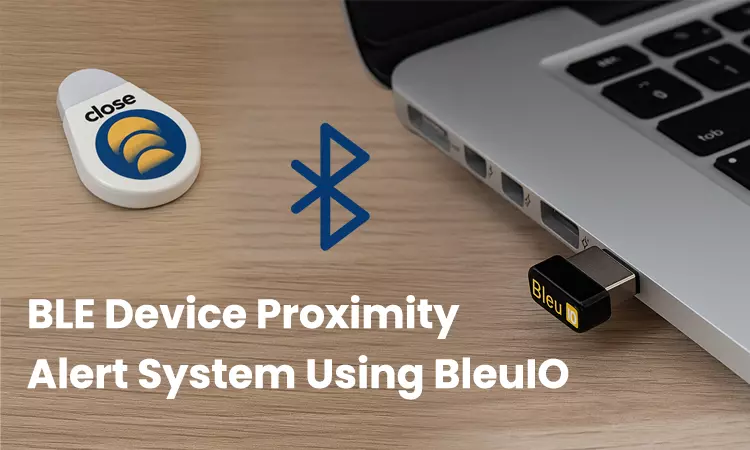At Smart Sensor Devices, we are proud to introduce the BleuIO Script Generator – an AI-powered assistant that enables developers to instantly create valid BLE scripts using official BleuIO AT commands. Whether you’re a seasoned BLE expert or just getting started, this intelligent tool dramatically accelerates your workflow and minimizes errors.
What Is the BleuIO Script Generator?
The BleuIO Script Generator is a custom GPT (Generative Pre-trained Transformer) built using OpenAI’s advanced language model, trained and fine-tuned with the full BleuIO command reference. It understands how the BleuIO USB dongle works, including:
- All AT commands
- Syntax structures
- Command usage examples
- Valid output formats
With this AI assistant, you can now generate working scripts in Python, JavaScript, Shell, or any other language using real BleuIO commands—no more guessing or checking documentation line by line.
How Does It Help Developers?
The BleuIO Script Generator transforms the BLE development experience by offering intelligent, real-time support tailored to the needs of developers at all levels. One of its greatest strengths lies in rapid prototyping. You can simply describe your desired behavior in natural language—for example, “Create a script that connects to BleuIO and then scans for BLE devices for 5 seconds.”—and the generator instantly returns a ready-to-run script. It uses official AT commands like AT+CENTRAL, AT+GAPSCAN=5, correctly formatted and accompanied by helpful explanations.
Another major benefit is its language flexibility. Whether you’re working in Python, JavaScript, or even shell scripting, the Script Generator adapts the output to your preferred programming language, making integration seamless regardless of your tech stack. In addition to generating code, it promotes error-free development by relying solely on verified, up-to-date BleuIO AT commands. This minimizes the chance of sending unsupported or invalid instructions to your dongle, ensuring smoother workflows and reduced debugging time.
What sets this tool further apart is its built-in learning support. It doesn’t just produce scripts—it educates. You can ask the assistant questions like “What does AT+GAPSCAN=5 do?” or “How can I start advertising in extended mode?” and receive clear, example-based responses grounded in real command behavior. Whether you’re debugging, experimenting, or trying to better understand BLE communication, the BleuIO Script Generator acts as both tutor and tool.
How to Access the BleuIO AI Script Generator
You can use the Script Generator via ChatGPT’s Custom GPTs platform:
- Go to chat.openai.com/gpts
- Search for “BleuIO Script Generator” by Smart Sensor Devices
- Start chatting with it like a BLE expert assistant
Once you’re in, simply describe your task, and the generator will respond with code, documentation, and suggestions.
Why This Matters
At Smart Sensor Devices, we built the BleuIO dongle to make BLE development simpler, faster, and more accessible. Now, with AI as your development partner, you’re no longer bound by manuals or guesswork.
The BleuIO Script Generator removes friction from your workflow, so you can:
- Focus on building real BLE solutions faster
- Prototype smarter IoT and automation systems
- Support team members with varied skill levels
Whether you’re building a hobby project, an enterprise product, or teaching BLE concepts, this AI tool accelerates learning and development.
Ready to Start?
Visit bleuio.com and get your BleuIO dongle today. Pair it with the BleuIO Script Generator, and you’ll be writing powerful BLE scripts with ease—no matter your programming experience.

